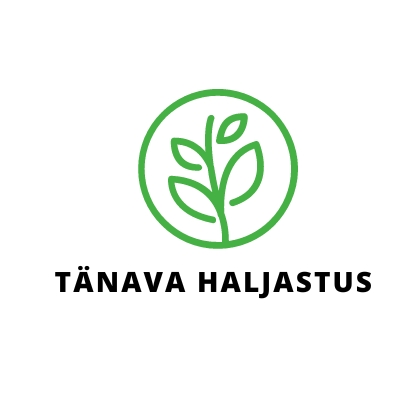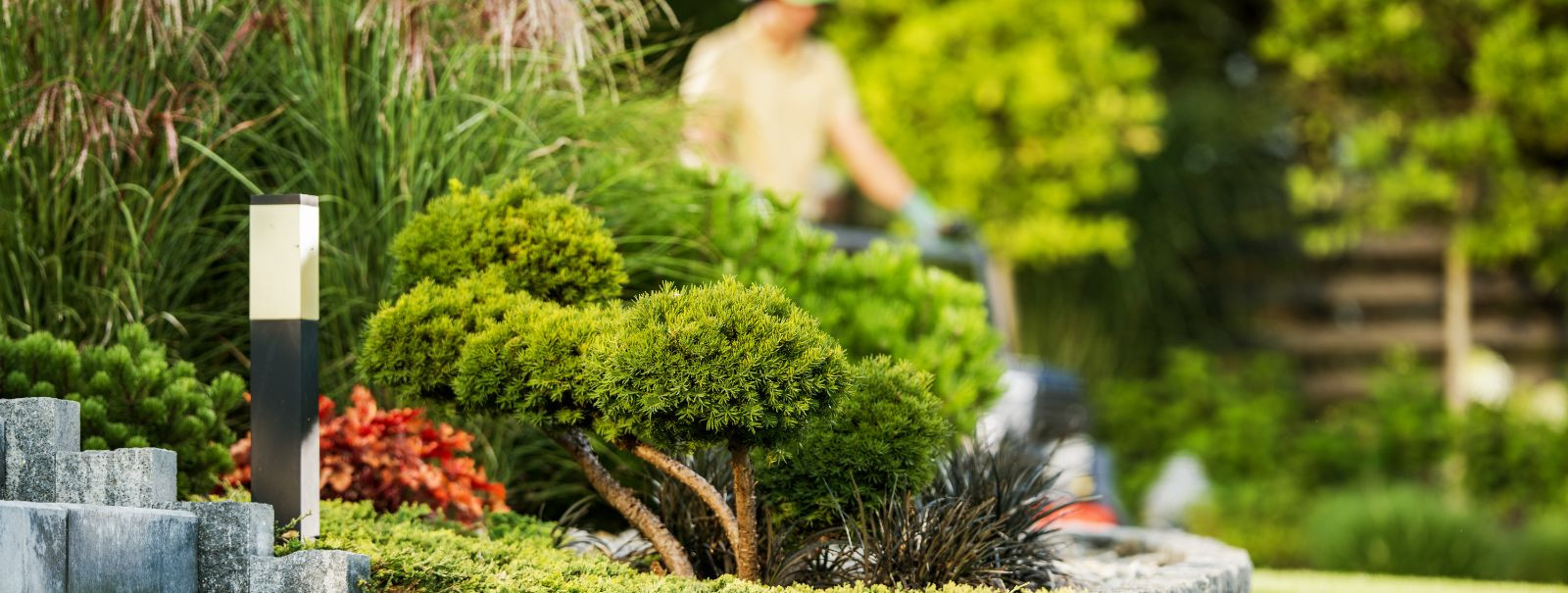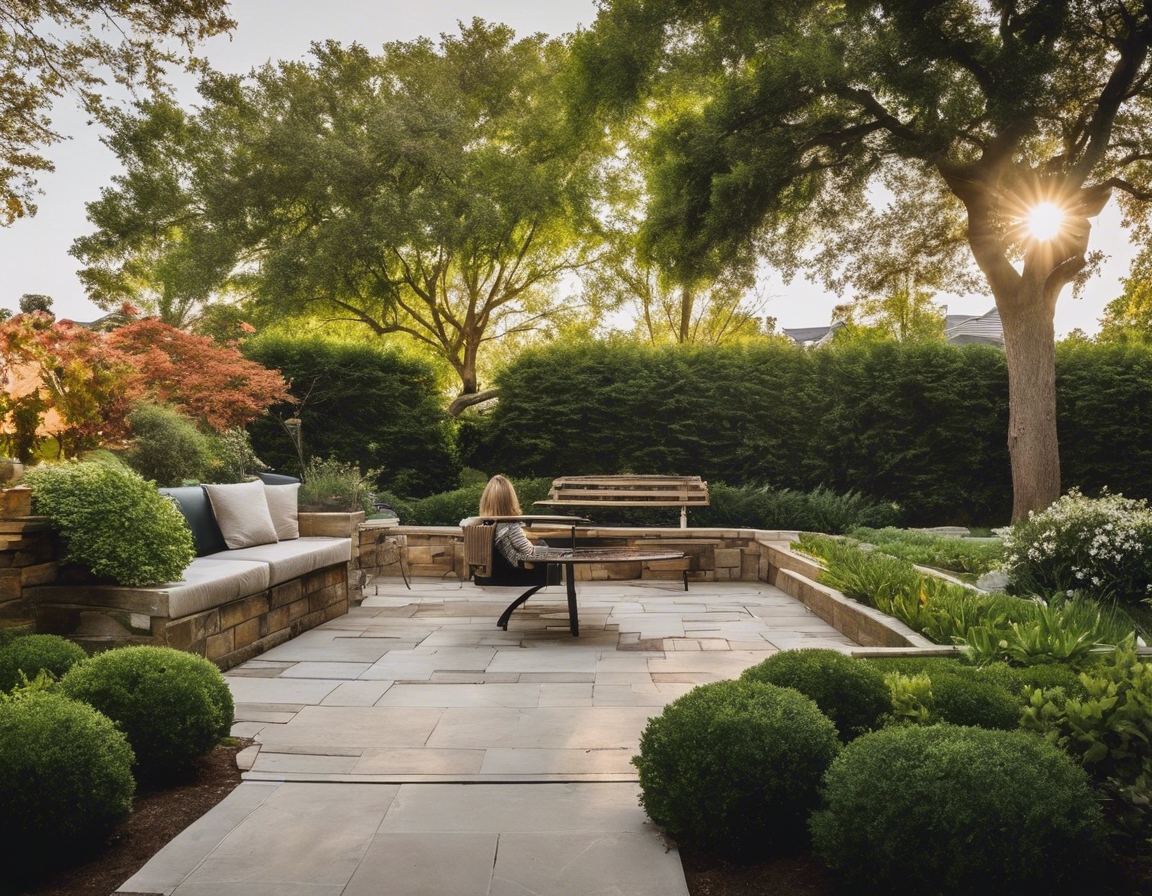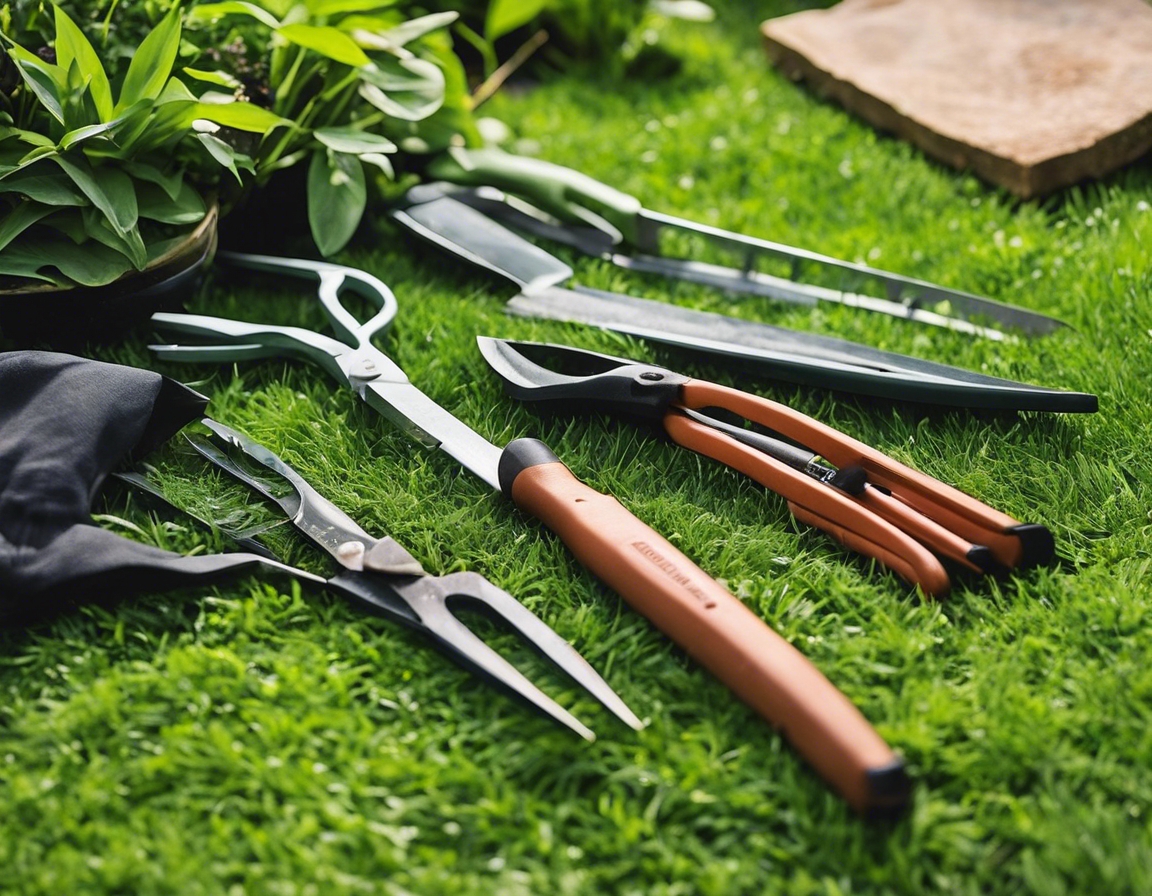Creating a bee paradise: top plants for your garden
Bees are vital to the health of our ecosystem. As pollinators, they play a crucial role in the reproduction of many plant species, which in turn supports a diverse range of wildlife. Without bees, our gardens, parks, and wildlands would struggle to thrive. By creating a bee-friendly garden, you not only contribute to the preservation of these essential insects but also ensure the beauty and productivity of your own outdoor space.
Bees are attracted to gardens that provide a variety of nectar and pollen sources. They prefer sunny spots with shelter from the wind and plants that bloom at different times throughout the growing season. Understanding the types of plants that attract bees and how to arrange them in your garden is the first step to creating a bee paradise.
Top Plants to Attract and Sustain Bees
Herbs such as lavender, thyme, sage, and mint are not only useful for cooking but are also excellent at attracting bees. Their fragrant flowers provide a rich source of nectar, and their easy-to-grow nature makes them a perfect addition to any bee garden.
Native wildflowers are particularly beneficial for bees because they are well adapted to the local climate and soil conditions. Plants like echinacea, black-eyed Susan, and bee balm are known for their bee-friendly properties and add vibrant color to your garden.
Shrubs and trees such as butterfly bush, lilac, and fruit trees offer bees a bounty of blooms. They also provide shelter and nesting sites, making them an essential component of a bee-friendly landscape.
Annuals like sunflowers, zinnias, and cosmos, as well as perennials such as asters, lupines, and foxgloves, provide a long-lasting food source for bees. Their continuous blooms throughout the season ensure that bees have a consistent supply of nectar and pollen.
Designing Your Bee Garden
Maximizing plant diversity and thoughtful placement is key to a successful bee garden. Grouping plants together and choosing varieties that bloom at different times will create a garden that is both visually appealing and beneficial to bees year-round.
It's important to consider the seasons when selecting plants for your bee garden. Early spring bloomers can provide critical food sources for bees emerging from hibernation, while late-season flowers help bees stock up for winter.
Aside from planting the right flowers, it's essential to create an environment that is safe for bees. This means avoiding the use of harmful pesticides and providing natural habitats such as bee hotels or undisturbed patches of land for nesting.
Maintaining Your Bee-Friendly Garden
Embracing organic gardening practices is crucial for the health of bees. Using natural fertilizers and pest control methods will help ensure that your garden is a safe place for bees to visit and live.
Bees need water just like any other living creature. Providing clean, fresh water sources such as a shallow bird bath with stones for bees to land on can make your garden even more inviting.
While it's important to protect your plants from pests and diseases, it's equally important to do so in a way that doesn't harm bees. Choosing disease-resistant plant varieties and encouraging natural predators are effective ways to maintain a healthy garden without the use of chemicals.






Comments (0)